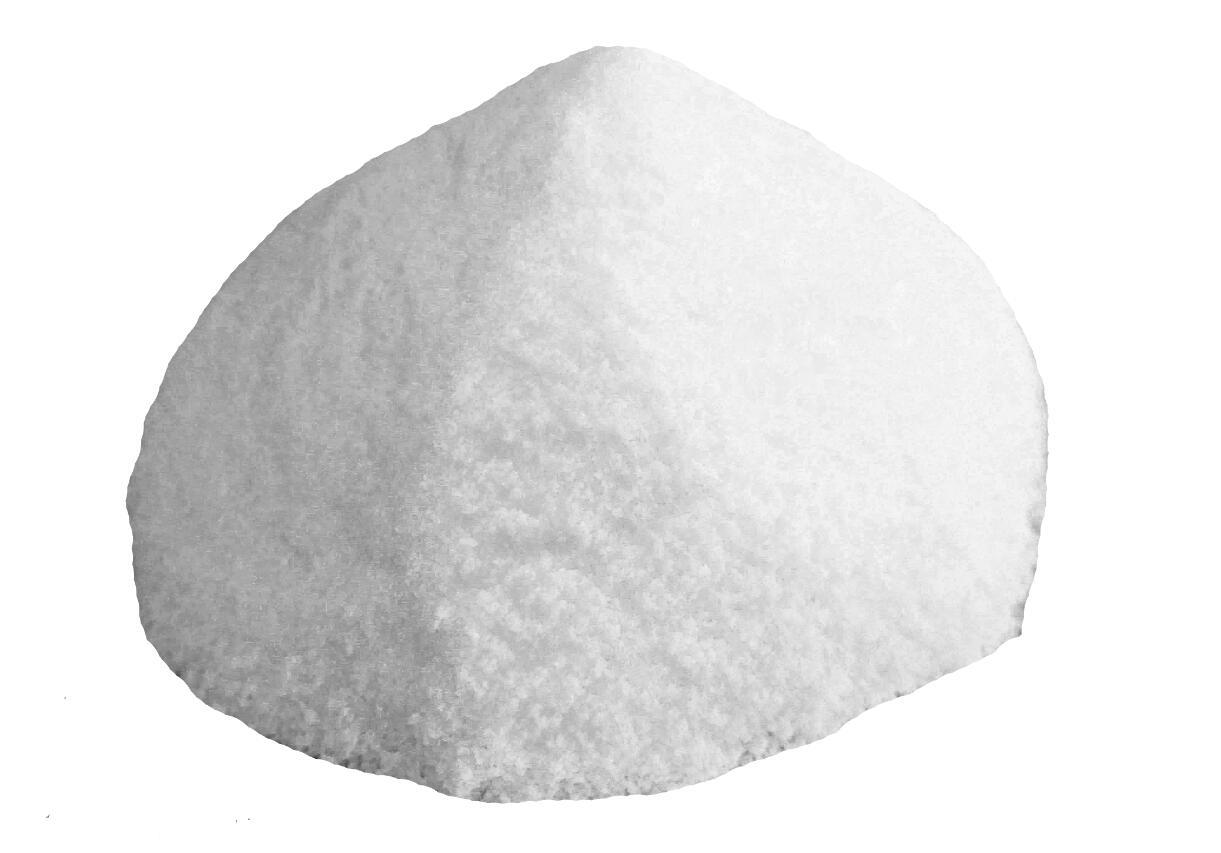PTFE is a very useful material because it has a unique combination of properties. PTFE is chemically inert, weatherable, excellent electrical insulation, high temperature resistance, a low coefficient of friction and non-adhesive properties. Shrinkable tubing is also used as roll covers and to protect electrical parts or components. PTFE can also be skived or extruded into tapes and films that can be used for seals and gasket materials. polymer is a familiar trade name for polytetrafluoroethylene (PTFE) made.

Typical of all grades of Polymer PTFE (polytetrafluoroethylene) fine powders, it can be lubricated and extruded by standard paste extrusion techniques.Compared with other grades of PTFE fine powder,polymer PTFE is a resin that has increased melt strength and low shrinkage. It is one of the most consistent and easy-to-process resins. It is most suitable for products with medium-to-high reductionratio extrusions.
Properly processed products made from neat polymer PTFE provide the superior properties typical of the fluoropolymer resins: retention of properties after service at 260°C (500°F), useful properties at –240°C (–400°F), chemical inertness to nearly all industrial chemicals and solvents, and low friction and antistick surfaces. Dielectric properties are outstanding and stable with frequency and temperature. Products have moderate stiffness and high ultimate elongation.In a flame situation, products of polymer PTFE resist ignition and do not themselves promote flame spread. When ignited by flame from other sources, their contribution of heat is small and with very little smoke.
polymer PTFE is prepared for extrusion by mixing with a liquid extrusion aid. The damp powder is compressed into a cylindrical preform slug and placed in the cylinder of a ram-type extruder. Under high pressure, the composition is forced through a finishing die to produce beading, tubing, or coatings. Dissimilar materials, such as metal wire or high-temperature fibers, can be coated by feeding them through the axis of the extruder barrel. After extrusion, the product is a low-density, but coherent, fibrous structure. polymer PTFE 640 is usually processed further, with heat,into a solid resin product, such as tubing.Heat is applied in two steps, which may be performed in-line with extrusion or separately. The lubricant must be removed first, usually by heating within the range of 100–300°C (212–572°F). A sintering step follows to melt the virgin resin above its crystalline melting point of approximately 342°C (648°F) and produce a void-free, stress-free,and solid product of PTFE resin. When performed in-line, the heating steps determine the maximum line speed.Reduction ratio (RR) is the ratio of cross section of preform to that of extrudate; it is an extrusion parameter affecting the selection of resin grade.
Post time: May-04-2018

